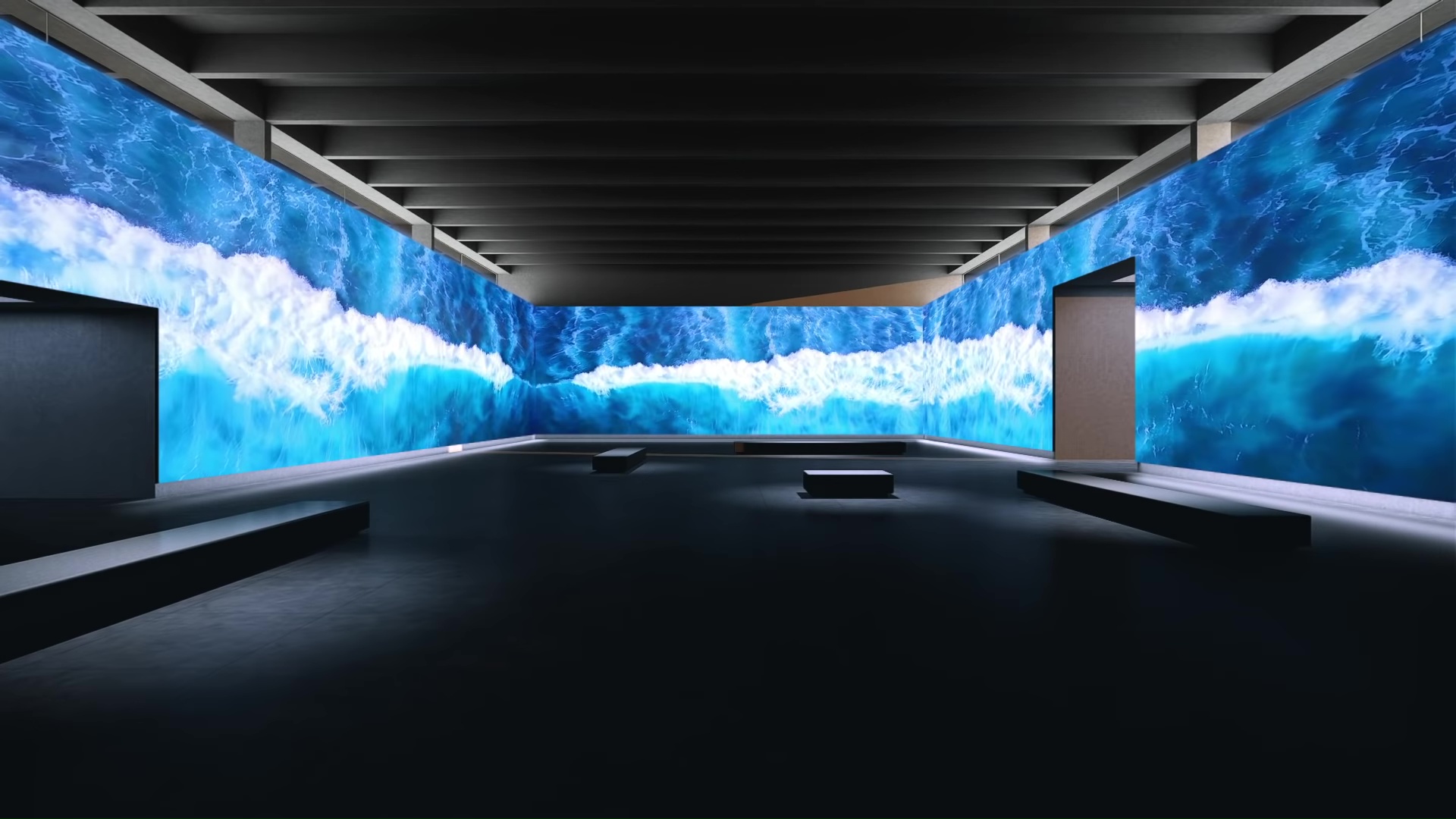Mastering Color Precision in LED Display Adjustment for Stunning Graphic Displays
Mastering Color Precision in LED Display Adjustment for Stunning Graphic Displays
Blog Article
Color precision is crucial for producing stunning visual presentations, particularly when employing LED screens. These massive displays are frequently found in places like concert venues, sports arenas, and advertising billboards. When the colors on an LED wall are not accurate, the visuals can look dull or warped, which can impact the total experience for viewers. Therefore, mastering color precision in LED wall tuning is vital for attaining lively and realistic images.
The initial step in ensuring color accuracy is understanding how LED systems works. LEDs, or light-producing diodes, generate light in multiple shades by mixing red, green, and blue (RGB) light. Each dot on an LED wall consists of these three colors. When calibrated properly, the combination of RGB can create a broad range of hues. However, if one hue is too intense or too dim, it can throw off the whole display. This is why calibration is needed to equalize the colors and achieve the desired graphic result.
Calibration entails adjusting the settings of the LED screen to make sure that the hues displayed match the original material as closely as possible. This process usually involves using specific software and hardware instruments. Technicians often use color assessment devices, such as color meters, to examine the colors being displayed. By comparing the assessed colors to benchmark color standards, they can make precise modifications. This ensures that the colors are not only lively but also uniform across the entire screen.
Another crucial factor of color precision is understanding the environment in which the LED screen is used. Elements such as ambient light can significantly affect how hues appear. For example, a well-lit lit room may fade colors, making them look not as vibrant. To counteract this, technicians may modify the brightness and contrast configurations of the LED wall. Additionally, they may select specific color settings that are more appropriate for various lighting environments. This flexibility helps maintain color accuracy irrespective of the viewing surroundings.
Ultimately, regular upkeep and re-tuning are essential for keeping an LED screen looking its finest. Over time, the performance of LEDs can change due to elements like over here aging and temperature fluctuations. Frequent inspections and adjustments can help guarantee that the hues stay correct and lively. By investing time in appropriate tuning and maintenance, venues can provide viewers with stunning visual presentations that improve their total experience. Perfecting color precision in LED wall tuning is not just a technical task; it is an expertise that contributes to the magic of graphic storytelling.